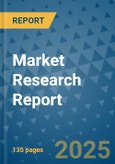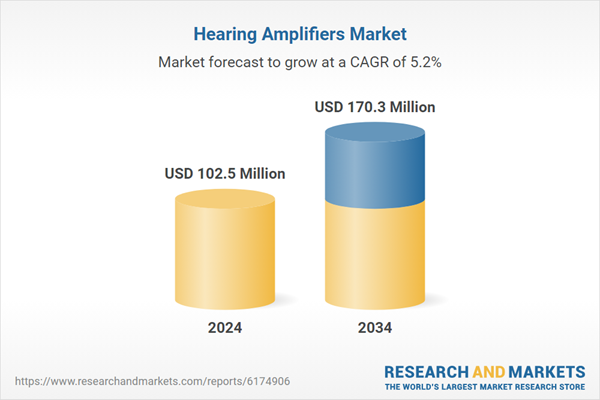This growth is fueled by several key factors, including the rising number of individuals experiencing hearing loss, a rapidly aging global population, continued innovation in sound amplification technologies, and increasing awareness and consumer acceptance. Hearing amplifiers, often referred to as personal sound amplification products (PSAPs), are designed to boost the volume of ambient sounds for people with mild to moderate hearing difficulties. Unlike traditional hearing aids, PSAPs are not classified as medical devices, making them easily accessible over the counter without the need for an audiologist. The affordability and convenience of these devices make them an appealing choice for many, especially older adults who are hesitant to invest in more expensive hearing aids. Leading companies are maintaining their competitive edge through strategic geographic positioning, a strong focus on product innovation, and significant investment in research and development to refine their hearing amplifier offerings.
In 2024, the behind-the-ear (BTE) segment held 59% share. This segment has gained popularity because of its user-friendly features, strong amplification capabilities, and compatibility with various degrees of hearing impairment. BTE models are favored by older consumers, especially those with limited hand dexterity, due to their ease of adjustment, comfort, and ergonomic benefits compared to in-ear devices. These qualities make BTE hearing amplifiers a preferred solution across a wide demographic, further solidifying their dominance in the market.
The analog segment is forecasted to grow at a CAGR of 5.5% through 2034. Consumers who prioritize cost-effectiveness continue to gravitate toward analog models. Their appeal lies not only in affordability but also in their simple, user-friendly controls that offer customizable sound settings. These features attract buyers in both developed and developing regions who want functional and budget-conscious options for personal sound amplification.
North America Hearing Amplifiers Market held 38.5% share in 2024. A significant driver of regional growth is the evolving regulatory landscape, particularly the authorization of over-the-counter (OTC) hearing devices. Such policy shifts have created new growth opportunities by removing traditional barriers to entry, expanding retail channels, and empowering consumers to explore accessible hearing solutions without medical consultations. These changes have significantly increased visibility and interest in hearing amplifiers across the region.
Key players actively shaping the Hearing Amplifiers Industry include MEDCA HEARING, JINGHAO, Sound World Solutions, Diglo, NUHEARA, Beurer, Alango, Medline, Britzgo, Kinetik Medical, Innerscope Hearing Technologies, Conversor, and Foshan Vohom Technology. To strengthen their foothold in the hearing amplifiers market, companies are emphasizing product innovation, focusing on ergonomic and high-performance designs tailored to older consumers. Many firms are investing heavily in R&D to enhance functionality, sound quality, and user control. By leveraging advances in wireless technology and miniaturization, companies aim to deliver discreet, powerful devices that are easy to use. Expanding distribution through OTC and online retail channels helps boost accessibility. In addition, partnerships with healthcare providers and promotional efforts aimed at raising awareness are enabling firms to tap into wider demographics and solidify brand presence in both mature and emerging markets.
Comprehensive Market Analysis and Forecast
- Industry trends, key growth drivers, challenges, future opportunities, and regulatory landscape
- Competitive landscape with Porter’s Five Forces and PESTEL analysis
- Market size, segmentation, and regional forecasts
- In-depth company profiles, business strategies, financial insights, and SWOT analysis
This product will be delivered within 2-4 business days.
Table of Contents
Companies Mentioned
The key companies profiled in this Hearing Amplifiers market report include:- Alango
- Beurer
- Britzgo
- Conversor
- Diglo
- Foshan Vohom Technology
- Innerscope Hearing Technologies
- JINGHAO
- Kinetik Medical
- MEDCA HEARING
- Medline
- NUHEARA
- Sound World Solutions
Table Information
| Report Attribute | Details |
|---|---|
| No. of Pages | 135 |
| Published | September 2025 |
| Forecast Period | 2024 - 2034 |
| Estimated Market Value ( USD | $ 102.5 Million |
| Forecasted Market Value ( USD | $ 170.3 Million |
| Compound Annual Growth Rate | 5.2% |
| Regions Covered | Global |
| No. of Companies Mentioned | 14 |









